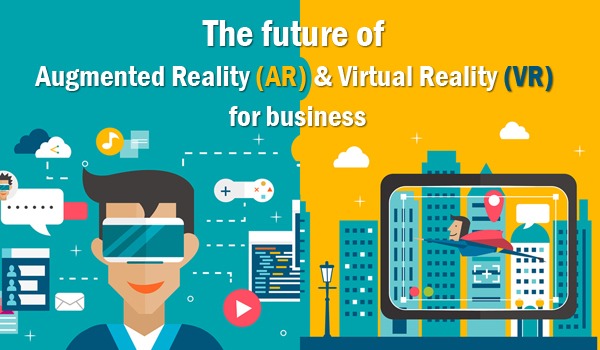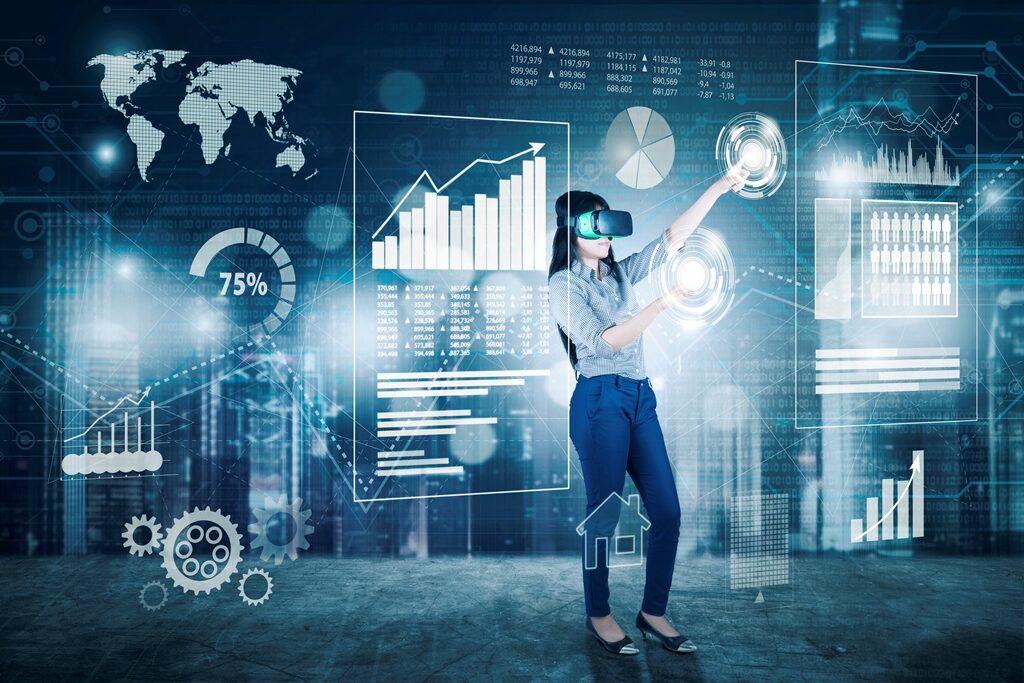The concepts of augmented reality (AR) and virtual reality (VR) have been heard by almost without exception. It is shocking that countless children are told fairy tales, in which they are visualized as a completely normal phenomenon in front of children. For this reason, and in order to help companies operate effectively, it is important to be aware of which means what and who should use these technologies.
The two concepts are similar, yet serve two completely different purposes. Often, the two approaches are taken under one hat, as they really have in common that they change or “just” add to our present reality. At the same time, it doesn’t matter, and the difference is precise whether our current perspective changes or just expands.
Using a simple example, in virtual reality, you can swim with sharks in the depths of the sea, while in augmented reality you can see a shark just jumping out of a driving instructor’s virtual business card. But let’s look at business examples to see which one can really be used in which area.
VIRTUAL REALITY
For virtual reality (VR), the Oculus Rift, Samsung Gear VR, or Google Cardboard are already known to many. By putting on these virtual glasses, we get into that space, that room, the place where that particular game or app is “playing,” and we completely rule out the real world.
Most of the time, VR is also used in games to enhance the user experience, but if you want, you can also climb to the top of Kilimanjaro, even tomorrow. (Not incidentally, in this regard, several users said that they really felt suffocation in their lungs, space gave them the freedom that few can actually get to places like this, even without virtual glasses).
Beyond the game, it’s really just fantasy that limits what we use the possibilities of virtual reality. Will it be worth traveling, for example, in the future, if we can wear such glasses and walk the streets of Rome, or see the thousands of years old pyramids? The question is poetic, of course, but only the sight can be obtained with it.
AUGMENTED REALITY
In contrast, in Augmented Reality (AR) we remain in the same space, the present, and elements that are not there, in reality, are projected into this space. We are working on such a project ourselves, together with a manufacturing company, within the framework of Industry 4.0. Thanks to the development, with the help of special glasses, the production performance of the machines of the day, performance indicators for a given period, statistics, and thousands of other things that the user is interested in and can be integrated into the system can be displayed.
But to stay in everyday life, IKEA has already realized the benefits of AR. They developed an app that shows you the selected furniture in the place you want to put it (you can find it under the name Ikea Place). It works by pointing the camera where the furniture will be located, the app will scale the furniture to fit on a scale so you can see that it will fit and that it will point to its future location.
Another example, Pepsin had a brilliant campaign in London at the launch of Zero, in which the brand also impressed its potential consumers with the help of AR. It is also an augmented reality that has misled users so much that many times they did not feel the difference between present reality and virtuality.
Again, Microsoft HoloLens has also augmented reality and not virtual reality. It projects the virtual image and information as holograms into space and objects we see. It can be a big trump card when presenting a property that is still under construction, or for home decorators.
But if we go back a little older, I’m sure everyone will remember the biggest augmented reality craze of 2016 that caused quite a few accidents on the streets, in nature and almost anywhere. And this is Pokémon Go. It has worked and continues to work in a surprising way even now, with the game projecting Pokémon figures onto the image of a mobile phone camera, thus blending the real and virtual worlds.
So virtual reality and augmented reality are not the same. On one page, however, we can mention the two concepts in the sense that we are no longer talking about the defining concepts of the future, but of the present. Both are great opportunities for the further development of education, science, medicine, and even everyday life. Take the opportunity!
If you have any questions about this topic, feel free to contact us or sign up for our free consultation, where we will work out together what type of development is best for your company!
















